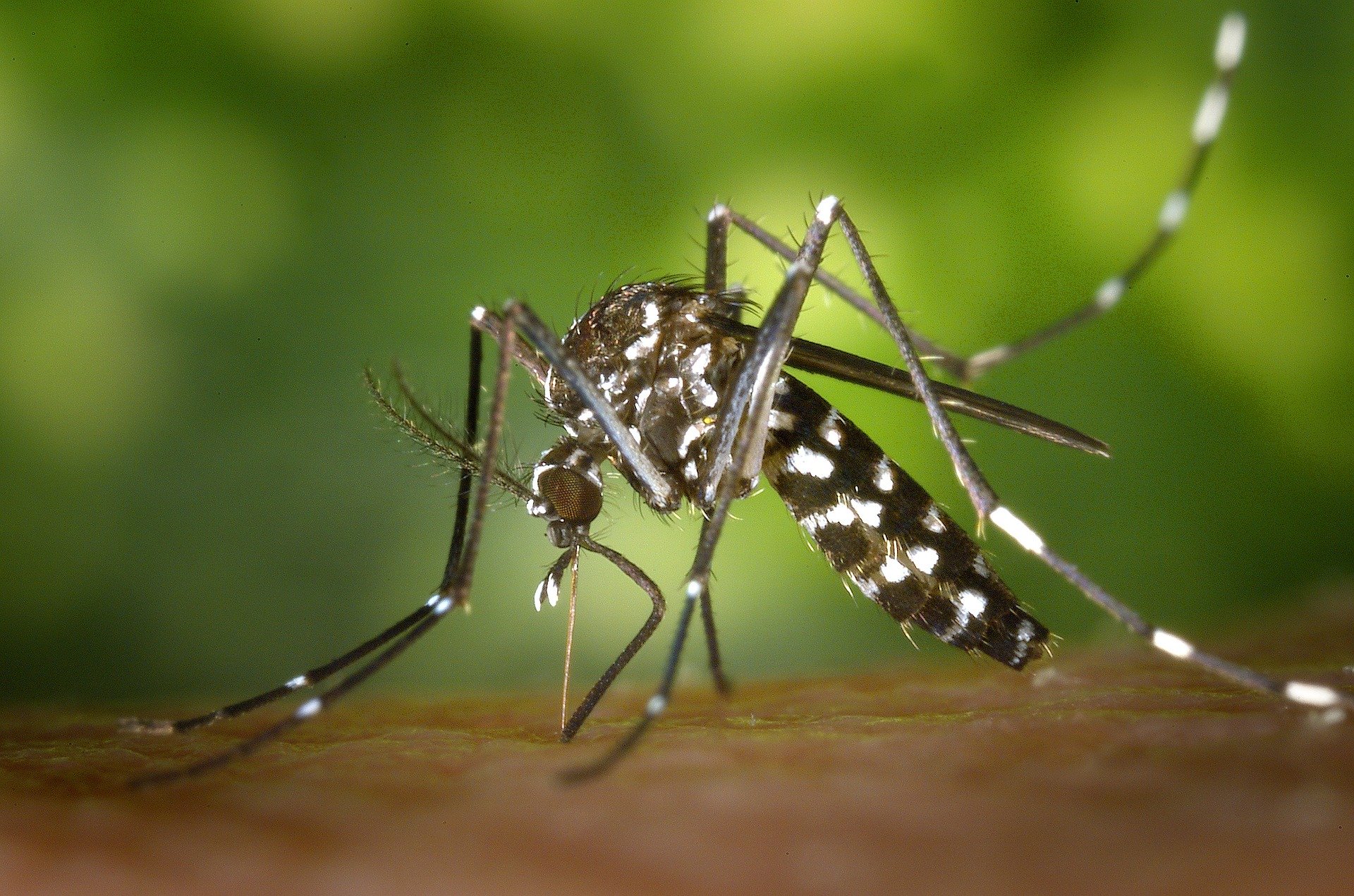According to a new study published in Current Biology, a mosquito that transmits dangerous viruses like dengue and Zika seems to have developed a taste for human blood because of the way that people store water.
The study tested the biting preferences of Aedes aegypti populations from 27 locations across sub-Saharan Africa.
Aedes aegypti is one of the few mosquito species that really loves to bite humans, says Lindy McBride, a biologist at Princeton University who notes that there are around 3,500 known mosquito species.
“In general, mosquitoes are pretty opportunistic. They’re willing to bite most things they come into contact with,” McBride says. “But there are these few species that really specialize in biting humans. So that’s unusual.”
Given a choice, these unusual mosquitoes would rather bite a person than some random animal.
Aedes aegypti started out living in African forests and feeding on the blood of animals.
At some point in the past 5,000 to 10,000 years, certain populations evolved to go after humans. These human-loving mosquito populations then spread around the world, in part because of slavery.
“It looks like this mosquito migrated from Africa into the Americas in the 1500s or 1600s, during the slave trade,” McBride says.
She wanted to understand the genetic changes that made some populations of this mosquito species love humans. And in Africa, there’s still a lot of variability in populations of this mosquito in terms of how much they want humans over some other random animal.
Summary of the study
The majority of mosquito-borne illness is spread by a few mosquito species that have evolved to specialize in biting humans, yet the precise causes of this behavioral shift are poorly understood. The study addresses this gap in the arboviral vector Aedes aegypti.
It first collected and characterize the behavior of mosquitoes from 27 sites scattered across the species’ ancestral range in sub-Saharan Africa, revealing previously unrecognized variation in preference for human versus animal odor.
It then used modeling to show that over 80% of this variation can be predicted by two ecological factors—dry season intensity and human population density.
Finally, researchers integrated this information with whole-genome sequence data from 375 individual mosquitoes to identify a single underlying ancestry component linked to human preference. Genetic changes associated with human specialist ancestry were concentrated in a few chromosomal regions.
The findings suggest that human-biting in this important disease vector originally evolved as a by-product of breeding in human-stored water in areas where doing so provided the only means to survive the long, hot dry season. The model also predicts that the rapid urbanization currently taking place in Africa will drive further mosquito evolution, causing a shift toward human-biting in many large cities by 2050.










